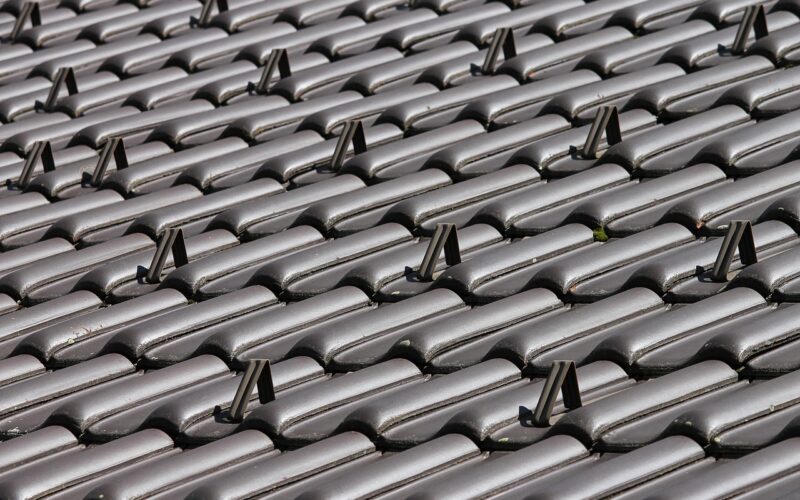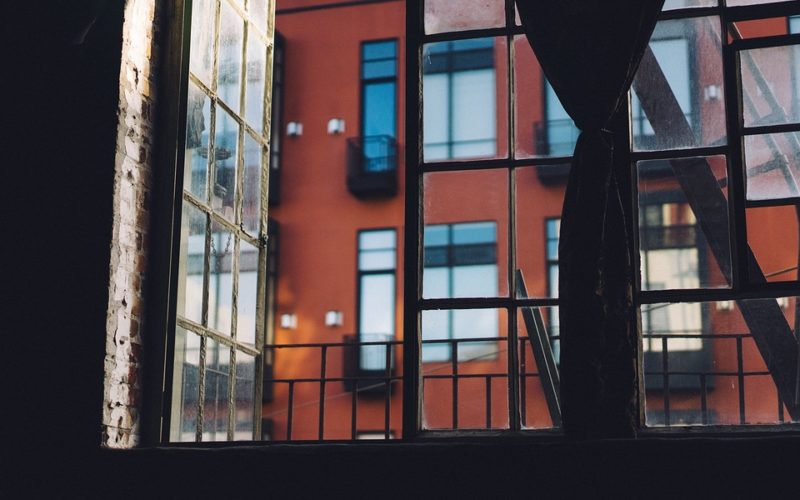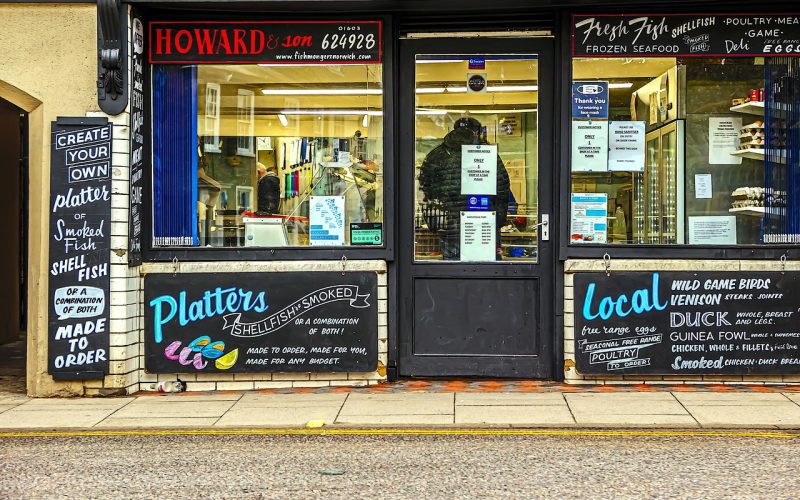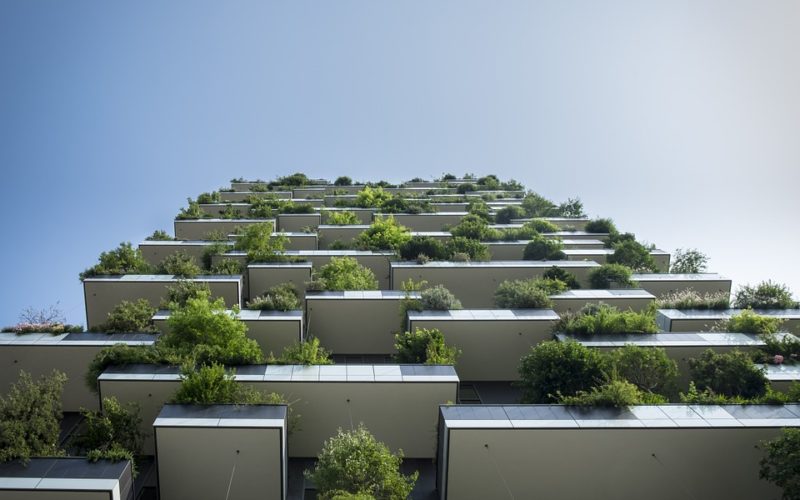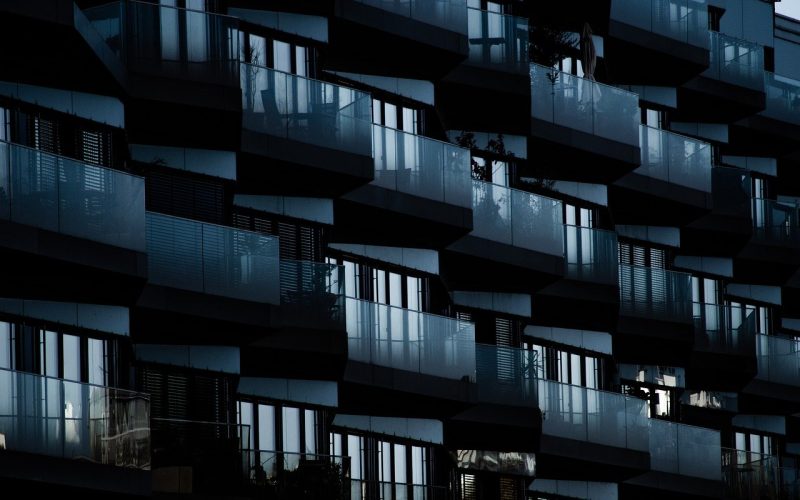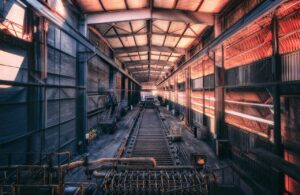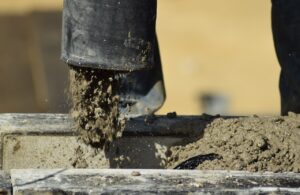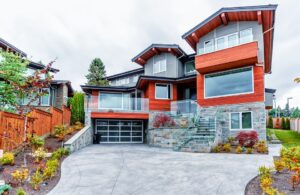Understanding the lifespan of your roof is crucial for protecting your home, managing your finances, and ensuring your family's safety. A roof is one of the most significant investments you will make in your property, acting as the primary shield against the elements. Knowing how long different materials last and what factors influence their durability can help you make informed decisions about maintenance, repairs, and eventual replacement. This knowledge empowers you to plan ahead and choose the best long-term roofing solutions for your home.
Expected lifespan of common roofing materials
The material you choose for your roof is the biggest factor determining its longevity. Traditional three-tab asphalt shingles are a popular and affordable option, typically lasting between 15 and 20 years. For a more durable and visually appealing alternative, architectural asphalt shingles offer a lifespan of 25 to 30 years and provide enhanced resistance to wind. Metal roofing, such as steel or aluminium, is known for its exceptional durability, often lasting 40 to 70 years while offering great energy efficiency. For those seeking timeless aesthetics, clay and concrete tiles are a robust choice, with lifespans ranging from 50 to over 100 years, though they require a sturdy roof structure to support their weight. At the premium end, slate is one of the most resilient materials available, capable of lasting a century or more with proper care. Finally, wood shakes offer a natural, rustic look and can last around 25 to 30 years, but they demand regular maintenance to prevent rot and insect damage.
How climate affects your roof's durability
Your local climate plays a significant role in how well your roof endures over time. Homes in areas with intense, year-round sun exposure may find that UV rays can degrade materials like asphalt and wood more quickly. In regions prone to high winds or hail, impact-resistant materials such as architectural shingles or metal roofing are wise investments to prevent damage. For those living in colder climates, the constant freese-thaw cycles can cause shingles to crack and allow water to seep underneath, making proper sealing and insulation vital. Coastal properties face the additional challenge of salt spray, which can accelerate corrosion in metal components, necessitating specific coatings or materials like aluminium.
Essential maintenance to extend your roof's life
Proactive maintenance is the key to maximising your roof's lifespan and avoiding costly premature replacements. We recommend performing a visual inspection from the ground at least twice a year and after any severe storms. Keep your gutters and downpipes clear of leaves and debris to ensure proper water drainage and prevent water from backing up under your shingles. Proper attic ventilation and insulation are also critical, as they help regulate temperature and moisture, preventing ice dams in winter and reducing heat build-up in summer. You should also pay close attention to the flashing around chimneys, vents, and skylights, as these are common weak points for leaks. Addressing moss or algae growth promptly will also prevent moisture retention that can damage the roofing material over time.
Knowing when to repair or replace your roof
Distinguishing between a minor issue and a sign of systemic failure is essential for any homeowner. A few missing or cracked shingles can often be addressed with simple repairs. However, widespread signs of trouble—such as extensive granule loss from asphalt shingles, curled or buckling shingles, and persistent leaks in multiple locations—often indicate that the roof is nearing the end of its functional life. Repairing roofs with these symptoms may only be a temporary fix. If your roof is over 20 years old and showing significant wear, a full replacement is often the more cost-effective and safer long-term solution.
Considering the value of different roofing solutions
While the initial cost is a major consideration, it is important to view your roof as a long-term investment. Cheaper materials like three-tab shingles have a lower upfront cost but will likely need replacing sooner. More durable materials, such as metal or tile, have a higher initial price but can offer a better return on investment over several decades through lower maintenance needs and a longer lifespan. When choosing from various domestic roofing solutions, think about how long you plan to stay in your home, the local climate, and the architectural style you desire. A higher-quality roof can also enhance your property's kerb appeal and resale value.
Take the next step with a professional inspection
By understanding the factors that influence your roof's longevity, you can better protect your investment and keep your home secure. If you have noticed any signs of wear or are unsure about your roof's current condition, don't wait for a small problem to become a major one. The best course of action is to consult a qualified and reputable roofer who can provide a thorough inspection, offer professional advice, and give you a clear quote for any necessary work.
